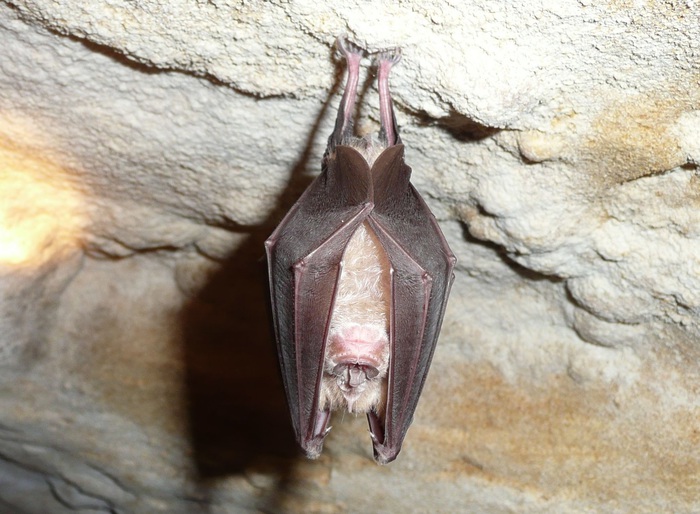At least three viruses very similar to SarsCoV2 have been discovered in Laos.
Their discovery is the fruit of research on bats conducted by French and local researchers, under the coordination of Marc Eloit of the Pasteur Institute in Paris.
The result, taken up by the journal Nature on its website, is currently online on a Research Square platform, which hosts articles not yet examined by the international scientific community.
On the one hand, the discovery brings new elements in favor of the natural origin of SarsCov2 responsible for the Covid-19 pandemic, on the other hand it indicates Southeast Asia as one of the hotspots on the planet for the emergence of viruses potentially dangerous for the 'man. The same could not be said of China on the basis of another research published on the same platform, conducted between 2016 and 2021 on 13,000 bats from different Chinese locations, but none of the viruses identified was similar to SarsCoV2.
The case of the three coronaviruses discovered in Laos is different, in whose genome sites similar to the one that allows SarsCoV2 to attach to the Ace2 receptor present on the surface of human cells have been seen to invade them. Coronaviruses were isolated from saliva, feces and urine samples taken from 645 bats in caves in northern Laos. Viruses that resemble SarsCoV2 for more than 95%, called Banal-52, Banal-103 and Banal-236, have been found in three horseshoe bat species (Rhinolophus). The same research group has studied in the laboratory the sites of the three coronaviruses that are able to bind to the Ace2 receptor, and therefore to infect human cells as some variants of SarsCoV2 do. Also in the laboratory, the Banal-236 virus was cultured with human cells and the next step,will be studying their behavior in animals.
Those discovered in Laos are not the first coronaviruses similar to SarsCoV2.
Last year, for example, the virus called RaTG13 was discovered in Yunnan bats, 96.1% identical to SarsCoV2, to the point of suggesting a common ancestor that appeared between 40 and 70 years ago.















